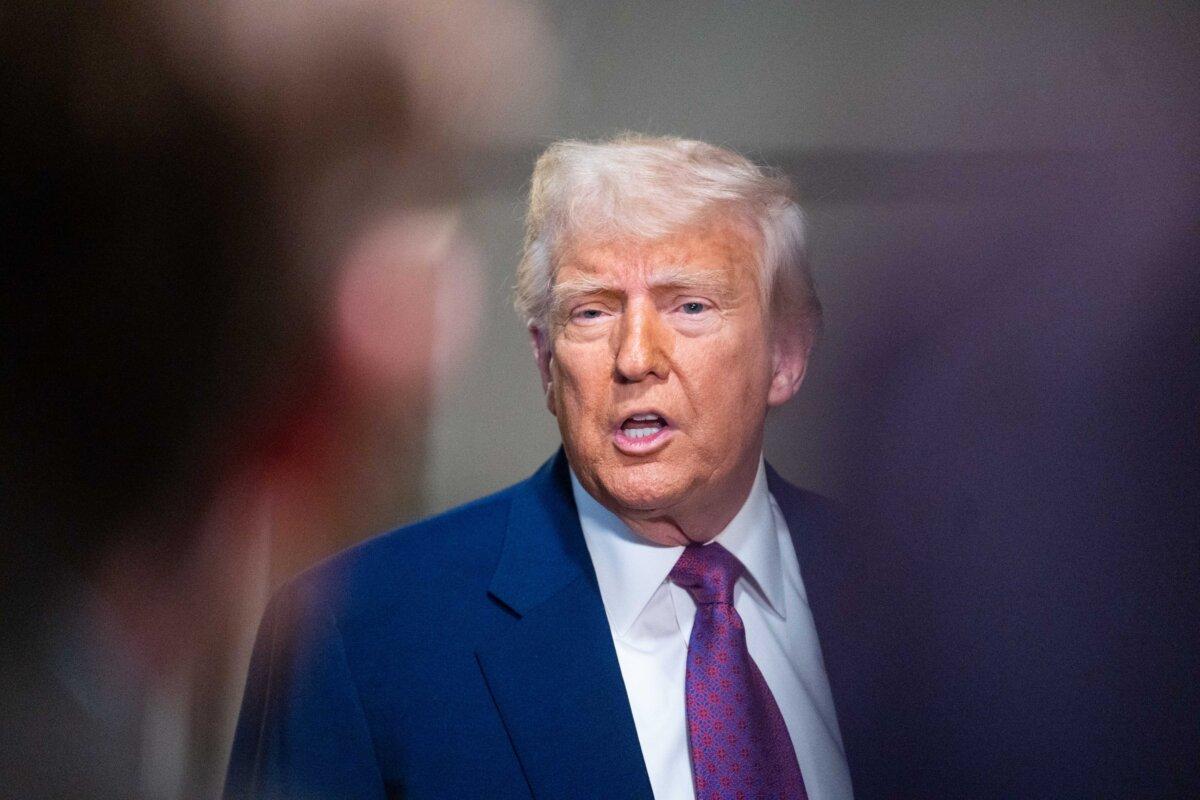Consumer confidence received a boost this month as Americans turned more optimistic following the U.S.-China tariff pause.
This month’s index came in better than economists had expected.
Other broader sentiment indicators improved.
The present situation index climbed by 4.8 points, to 135.9, and the expectations index rocketed by 17.4 points, to 72.8, approaching levels before President Donald Trump’s April 2 global tariff announcement.
While the bounce back had been ubiquitous earlier in the month, consumer confidence surged following the May 12 U.S.-China trade truce, says Stephanie Guichard, a senior economist at The Conference Board. More than half of the responses came in after the announcement.
U.S. and Chinese officials agreed to lower reciprocal tariffs by 115 percent between the two economies for 90 days as negotiators discuss economic and trade policy.
The better-than-expected increase was observed across all age groups, income categories, and political affiliations.
“The monthly improvement was largely driven by consumer expectations as all three components of the Expectations Index—business conditions, employment prospects, and future income—rose from their April lows,” Guichard said in the report.
Consumers’ six-month outlook over business conditions, employment availability, and income prospects was rosier, Guichard noted.
Write-in responses indicated that tariffs remain top of consumers’ minds. Some respondents emphasized concerns that tariffs would raise prices and harm the broader economy, while others alluded to easing inflation and lower gasoline prices.
The White House was pleased by the numbers.
“Despite doomsday prophesizing by the ‘experts,’ President Trump’s America First economic agenda of tariffs, tax cuts, rapid deregulation, and domestic energy production continues to pay off,” said White House spokesperson Kush Desai in a statement.
Advancements on the Trade Front
Since trade-policy uncertainty has been the primary driver of deteriorating consumer sentiment and anxious business owners, eliminating uncertainty “could be the most powerful catalyst for an improved growth trajectory,” says Jeffrey Roach, the chief economist for LPL Financial.“Trade uncertainty continues to weigh heavily on consumers and businesses. Economic growth expectations would likely improve if the administration removed tariff anxiety,” Roach said in a note emailed to The Epoch Times.
“For now, trade policy is the main contributor to volatility in capital markets and it appears these conditions will continue in the near term.”
Over the Memorial Day long weekend, President Donald Trump announced he was delaying the 50 percent tariff on the European Union to July 9.

“This is a positive event, and I hope that they will, finally, like my same demand to China, open up the European nations for trade with the United States of America,” Trump said. “They will both be very happy, and successful, if they do!”
“I expect we’ll probably see a few more deals even this week. There’s some stuff very close to the finish. It’s up to the president, of course,” Hassett stated.
The tariff postponement, Hassett’s remarks, and a surge in consumer confidence sent U.S. stocks higher to kick off the holiday-shortened trading week.
“The economic outlook is looking steadier with tariff increases largely paused, although growth seems to be holding in a lower gear,” said Bill Adams, the chief economist for Comerica Bank, in a note emailed to The Epoch Times.
Digesting Economic Data
Over the past few months, economic indicators have sent mixed signals amid the tariff turbulence.The April reading came in slightly better than projected.
It is crucial to monitor the economy’s underlying health, says Chris Zaccarelli, the CIO of Northlight Asset Management.
“For now, we see an economy that is slowing and taking some time to adapt to the ‘new normal’ of rapid changes in trade policy, but as long as it stays out of recession, we believe the market has more room to go to the upside in the short run,” Zaccarelli said in a note emailed to The Epoch Times.
The next major data release will be the second estimate for first-quarter GDP on May 29. The initial estimate showed a 0.3 percent decline, the first contraction since early 2022.
For now, economic observers expect no sizable changes.
“While a positive revision to the advance GDP estimate would likely benefit near-term sentiment and a deeper contraction would harm it, the result is not likely to change the economic story,” said ITR Economics economist Lauren Saidel-Baker in a note emailed to The Epoch Times.







